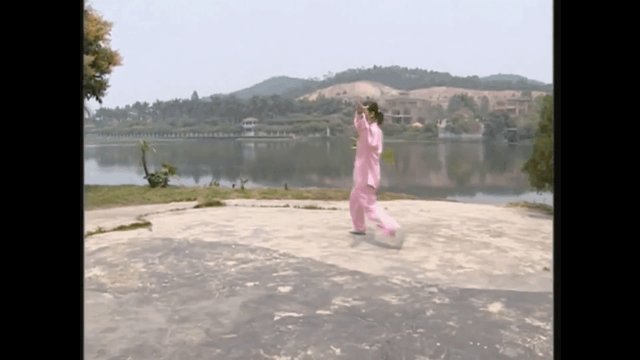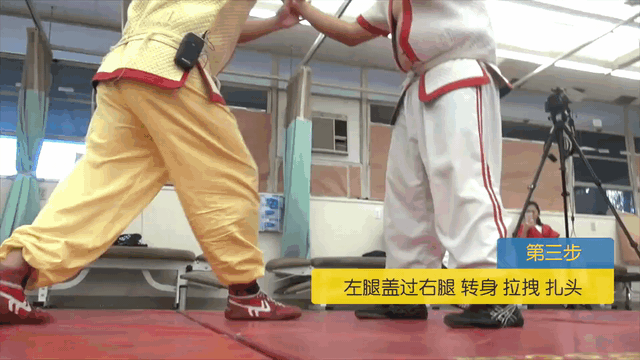That post didn't even show up when I was posting. I thought I was the only responding.I have no issue with the first video in the OP, it's this gif that is suspect;

I have literally never seen that pulled off under resistance, even in Olympic Judo which contains the best jacket throwers in the world. Also it honestly looks like Uke is purposely throwing himself.
The throw looks like it utilizes a shoulder and elbow lock to complete the throw. The arm is turn in such a way that it won't bend. There's a similar technique to that but you don't bend over to do the technique. You stand straight so the arm will break. I wouldn't consider this one a beginner technique. I wouldn't teach this to some knuckle head beginner who things stuff doesn't work. I've seen many injuries caused by students like that.I have no issue with the first video in the OP, it's this gif that is suspect;

I have literally never seen that pulled off under resistance, even in Olympic Judo which contains the best jacket throwers in the world. Also it honestly looks like Uke is purposely throwing himself.
But back to the video. It's a demo. The most we can do is to figure out what opportunity would allow us to twist someone's arm around so that it doesn't bend and then throw them as shown. Of the top of my head, I can think of pushing attempts and hair grab attempts. I can't see this in an gi grab attempt in competition. Probably more street use than competition use.



